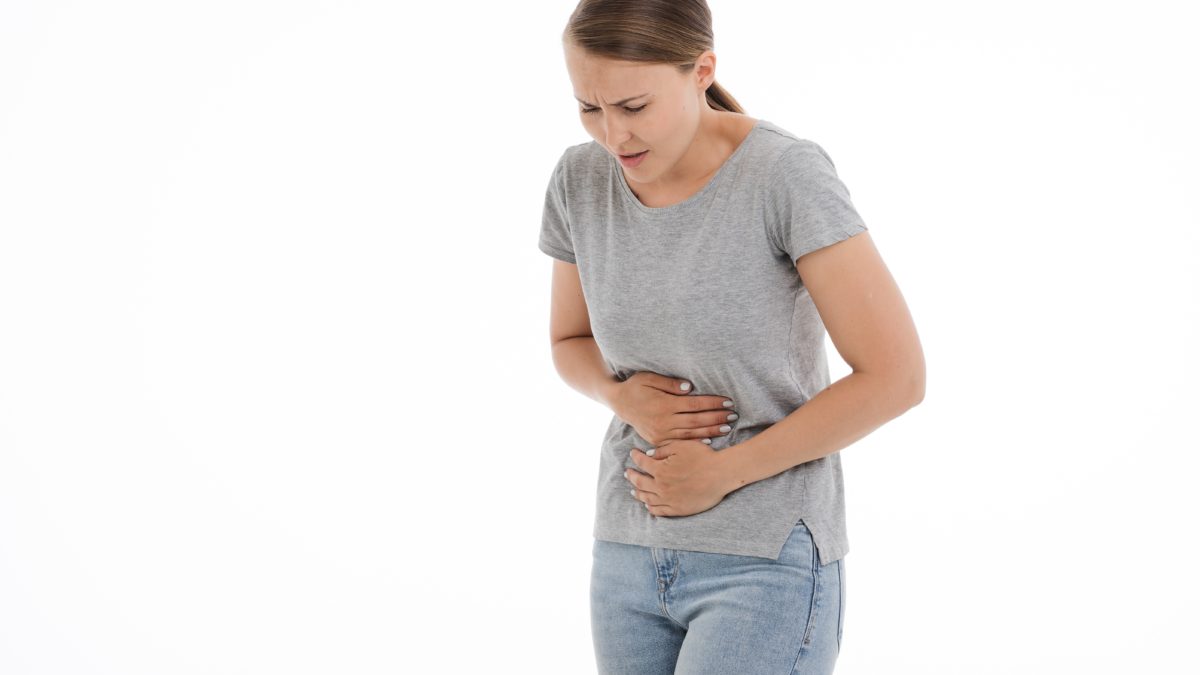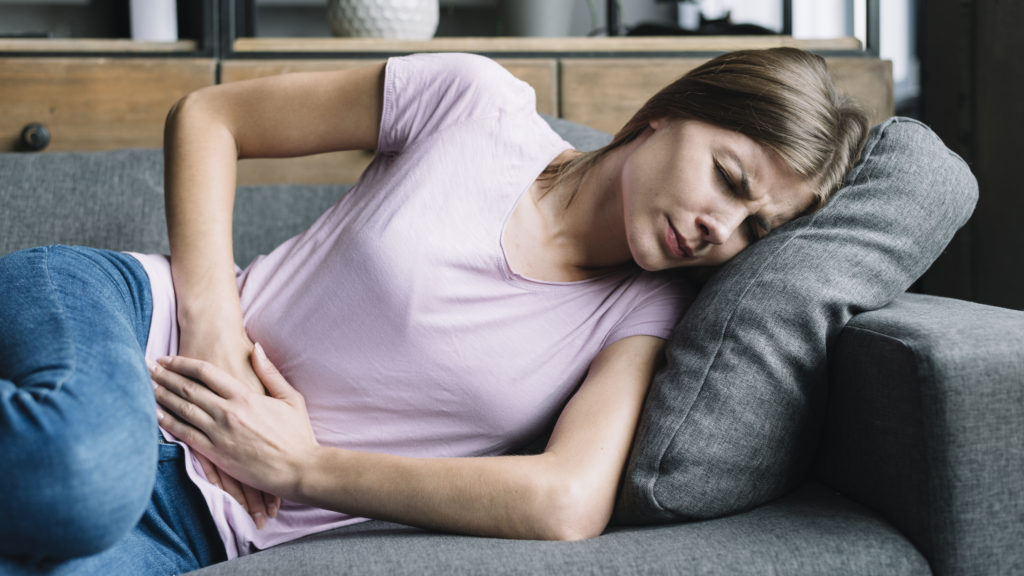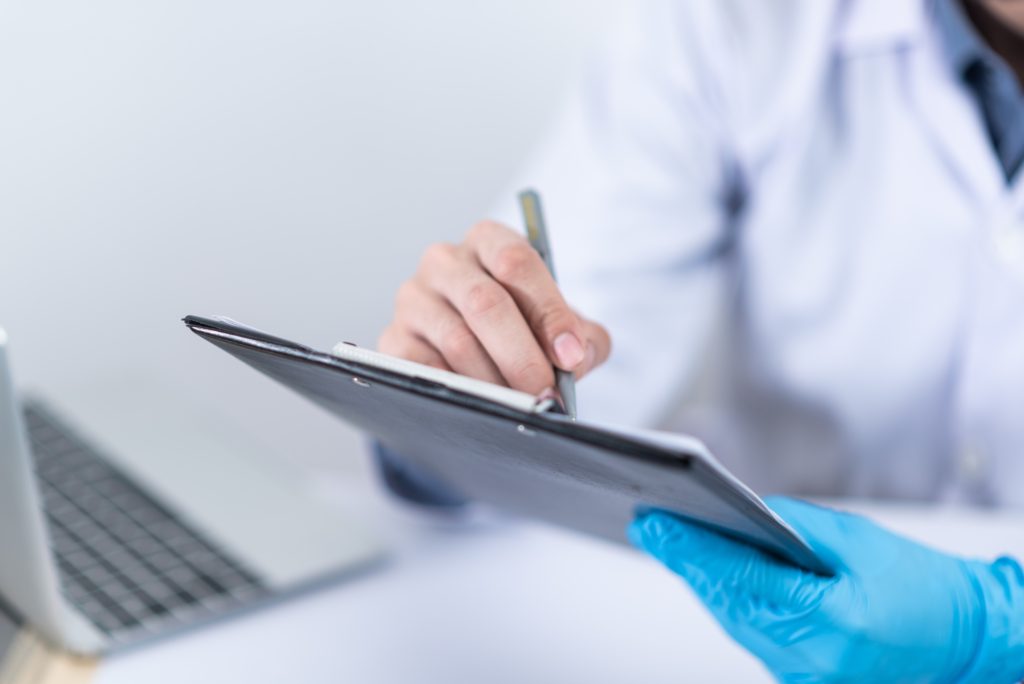
What is Endometriosis? Symptoms and Causes You Need to Know About
It is often said that women get a bit of a rough ride in the biology stakes, what with the pain and complexities of menstrual cycles and pregnancy. As if those weren’t enough on their own, a relatively new health condition by the name of endometriosis poses a major challenge for women.
Endometriosis symptoms usually involve a lot of pain and grief – and for some, this is on a daily basis… The condition is no joke, that’s for sure.
To understand how endometriosis manifests, it helps to know that the womb has three layers; the innermost of which is the endometrium. During the menstrual cycle, the endometrium thickens, before shedding at the time of your period.
When a woman develops endometriosis, her natural cycles may become severely disrupted, and serious complications may develop throughout her body over time.
What’s more, even when endometriosis symptoms are present, the condition isn’t always easy to officially diagnose.
Now that the condition is becoming more widespread, it is important for women to educate themselves on endometriosis symptoms – in fact it could be crucial for the long-term health of modern women.
What is endometriosis?
Endometriosis is a disorder in which endometrial tissue (a tissue similar in constitution to the endometrium) starts to grow outside of the womb itself.
It usually grows on the ovaries, fallopian tubes, and pelvic tissues, but occasionally it might grow beyond the pelvic region. Now we’ll admit that doesn’t sound good – but here is the part most likely to bring on a cold sweat:
This extra endometrial tissue acts similarly to the endometrium, since it responds to your hormones in the same way and at the same time, following the thickening and shedding cycles of the menstrual period.
In short, when your womb bleeds, this endometrial tissue will also bleed – wherever it is situated in the body. The tissue can’t escape, and nor can the blood. So where does the blood go?
Well, exactly… it doesn’t have anywhere to go. Therefore it causes inflammation, and scar tissue forms in the immediate region.
We don’t wish to scare anybody, but the harsh reality of endometriosis is that eventually, as the scar tissue keeps building up, it can form adhesions (fibrous bands).
Adhesions not only hurt a lot; they can also cause structural damage. When they form on the surface of an organ, they may fuse the organ to another organ or area of tissue. For instance, an ovary may become fused to the pelvic wall.
Endometriosis symptoms to look out for
The main endometriosis symptoms

The most obvious endometriosis symptom is pain in the pelvic region, and in particular during menstruation.
Painful, heavy periods (dysmenorrhea) and the associated menstrual cramps may be normal for many women, but endometriosis-related cramps are described as far worse – debilitating, even.
The cramps may start before a period and go on for days; lower backache tends to come as part of the package too.
Unfortunately, these cramps and aches usually only worsen over time. As if that weren’t bad enough, many women with endometriosis find that they bleed in between periods too.
Other symptoms of endometriosis
We already mentioned the scarring and adhesions and the pain those unpalatable abnormalities bring. However, there are other endometriosis symptoms to be aware of:
• Cysts called endometriomas can form on the ovaries
• Dyspareunia (painful sexual intercourse – during or afterwards)
• Painful bowel movements or urination (especially during a period)
• Diarrhea, constipation or bloating
• Infertility (due to adhesions affecting the structure and function of the reproductive system)
• Fatigue
• Nausea (especially during periods)
It’s worth noting that pain levels aren’t necessarily indicative of how bad your endometriosis is. Some women have a lot of pain and minimal endometriosis, and vice versa.
Causes of endometriosis
Currently, there is no known cause of endometriosis. However, it is thought that endometriosis could be a result of the following problems:
#1. Retrograde menstruation
Menstrual blood contains endometrial cells, and while this would normally flow out of the body, it may instead flow back through the fallopian tubes and into the pelvic cavity. The cells then adhere to the pelvic walls organ surfaces, developing into endometrial tissue.
#2. Peritoneal and embryonic cell transformation
Hormones or immune factors may facilitate the transformation of peritoneal cells (the cells lining the inner abdomen) into endometrial tissue. The same goes for embryonic cells in their earliest stages of development, due to influence of estrogen. This most often happens during puberty.
#3. Lymphatic and blood cell transportation
The lymph fluid or blood cells may somehow transport endometrial cells to other locations within the body.
#4. Post-surgery cell implantation
During a surgery such as C-section or hysterectomy, the endometrial cells could attach to a surgical incision.
#5. Immune system dysfunction
It could be that (as is the case with autoimmune disorders), the immune system doesn’t recognize and destroy the endometrial tissue forming outside of the womb.
Diagnosing endometriosis

Although scarring and adhesions are one of the major endometriosis symptoms, diagnosing these often requires a keyhole surgery operation, as scans aren’t normally clear enough to confirm their presence.
For this reason, surgeons may go ahead and laser off endometrial tissue at the time of a diagnostic operation.
Endometriosis gets confused with other pelvic pain conditions like pelvic inflammatory disease (PID), ovarian cysts and IBS (irritable bowel syndrome), so it’s important to get properly checked out by a Doctor before assuming that you have endometriosis.
However, if you even suspect the possibility of endometriosis, you should try to get a diagnosis due to the challenging long-term implications of the disorder.
If you do have endometriosis, although there is no known cure except surgery (which may not prevent more endometriosis from forming anyway), your Doctor will be able to help you manage the condition.
There are also natural endometriosis protocols you can follow that many women have degrees of success with in, terms of symptom management.
We hope you found this article interesting. If so, don’t forget to check out MedFanatic’s Featured Health Conditions section for education on many other conditions affecting humans today.
